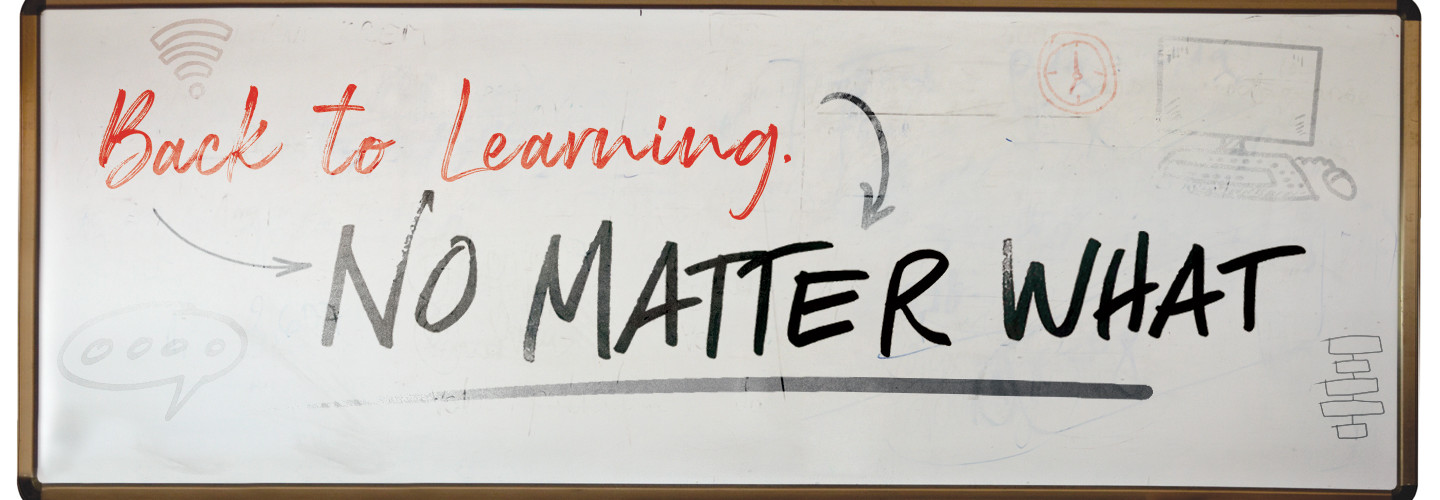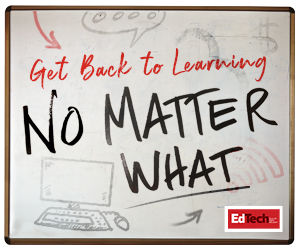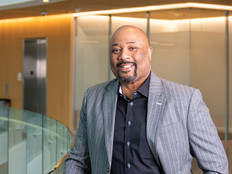The pandemic proved a hugely effective — if incredibly stressful — catalyst for blended learning adoption at university campuses across the United States. Still, despite the rapid uptake of key collaboration and communication technologies that make distance learning doable, common issues remain, including:
- Accessibility. Whether related to socioeconomic factors, disabilities or physical location, not all students have the same degree of access to the technology required to succeed in blended, online or remote learning.
- Engagement. Once students do gain technology access, how can instructors promote the same degree of student engagement they might expect in a physical classroom setting?
- Security. As an ever-increasing number of users access higher ed servers, how can colleges and universities ensure that stakeholder data remains safe and uncompromised?
- Health Safety. For some faculty, staff and students, venturing onto campus isn’t optional, it’s inevitable. How can universities protect the health of stakeholders who must go to campus in order to meet academic or professional expectations?
To better gauge the expectations, insights and plans of stakeholders across higher education, EdTech: Focus on Higher Education spoke to a variety of administration and technology leaders. Here’s what they had to say.
























